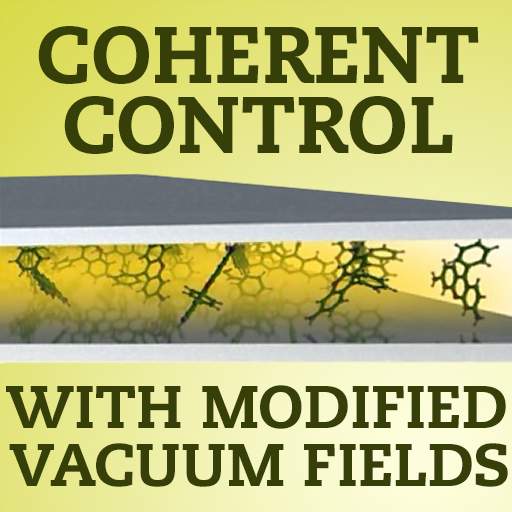Speaker
Description
Placing organic molecules in an optical cavity holds a great promise for the improvement of excitation energy transfer in such molecules due to the hybrid nature of the emerging light-matter quasiparticles, called polaritons. Recently, it was envisaged that a large static disorder of molecular excitation energies could benefit the transport of polaritons even further, leading to the so-called disorder-enhanced transport (DET) regime [1-5]. Under realistic conditions, the thermal motion of molecules additionally results in dynamic disorder, the effect of which on the polariton transport remains unclear. Therefore, it raises an open question on whether the DET regime is possible under realistic conditions, when molecular motions and interactions with the environment lead to continuous redistribution of the excitation energies. To address this question, we used multiscale molecular dynamics simulations of molecules with various absorption linewidth. The results of our simulations provide detailed insights into the influence of static and dynamic disorder on the polariton transport.
References:
[1] J. Schachenmayer, C. Genes, E. Tignone, and G. Pupillo. PRL, 2015, 196403.
[2] N. C. Chávez, F. Mattiotti, J. A. Méndez-Bermúdez, F. Borgonovi, and G. L. Celardo, PRL, 2021, 153201.
[3] T. F. Allard and G. Weick. Phys. Rev. B, 2022, 245424.
[4] G. Engelhardt and J. Cao. PRL, 2023, 213602.
[5] G. J. R. Aroeira, K. T. Kairys, and R. F. Ribeiro, J. Phys. Chem. Lett., 2023, 5681–5691.

